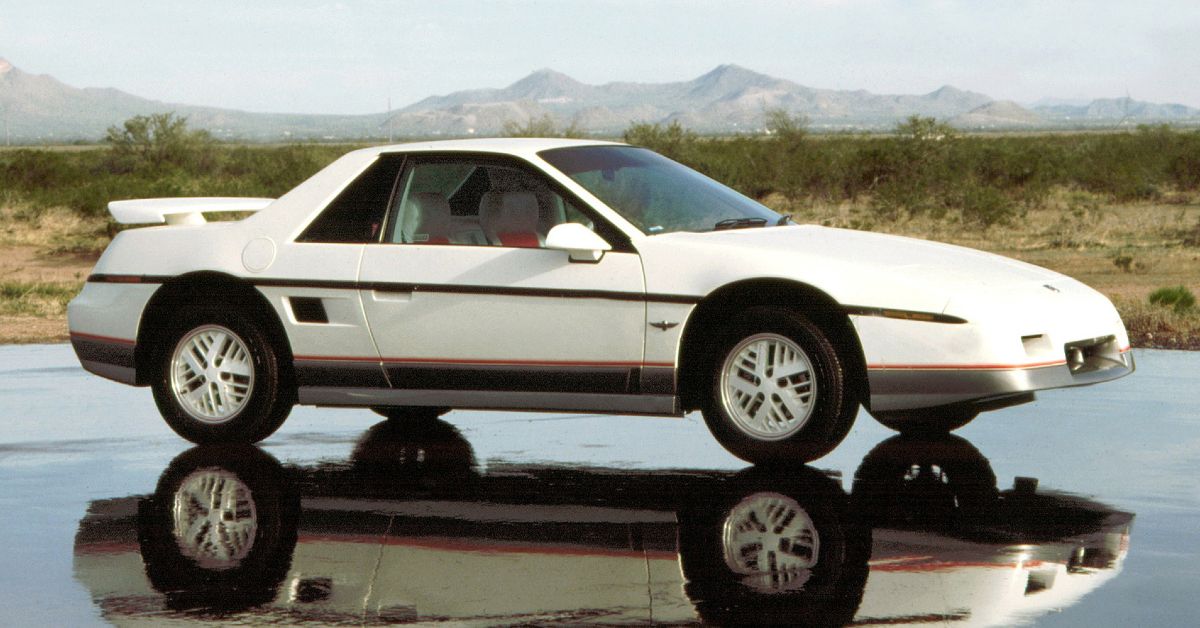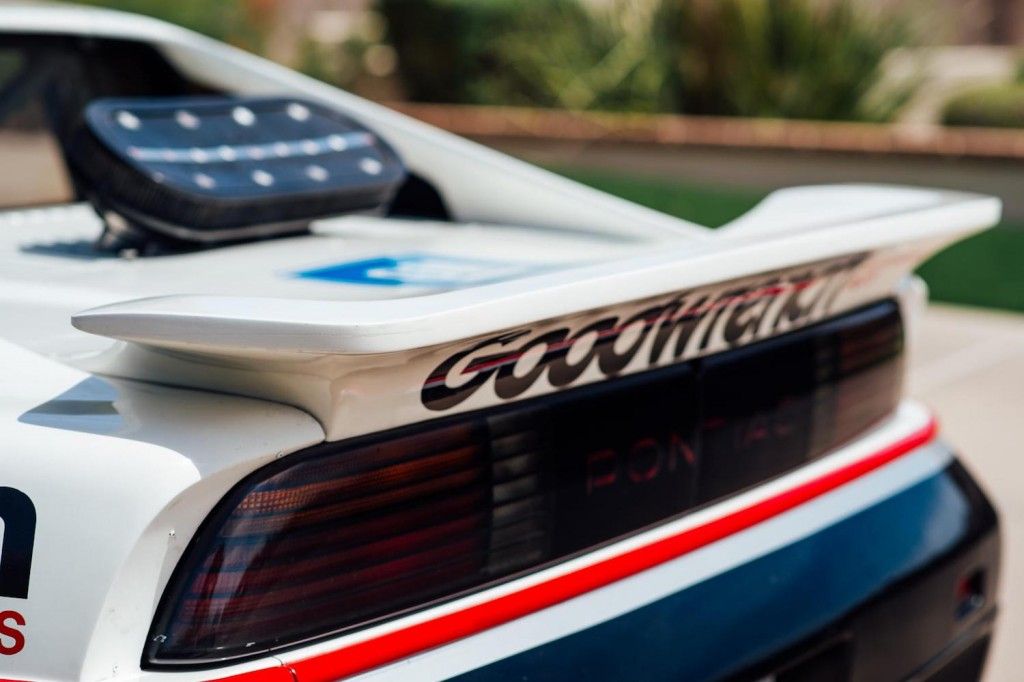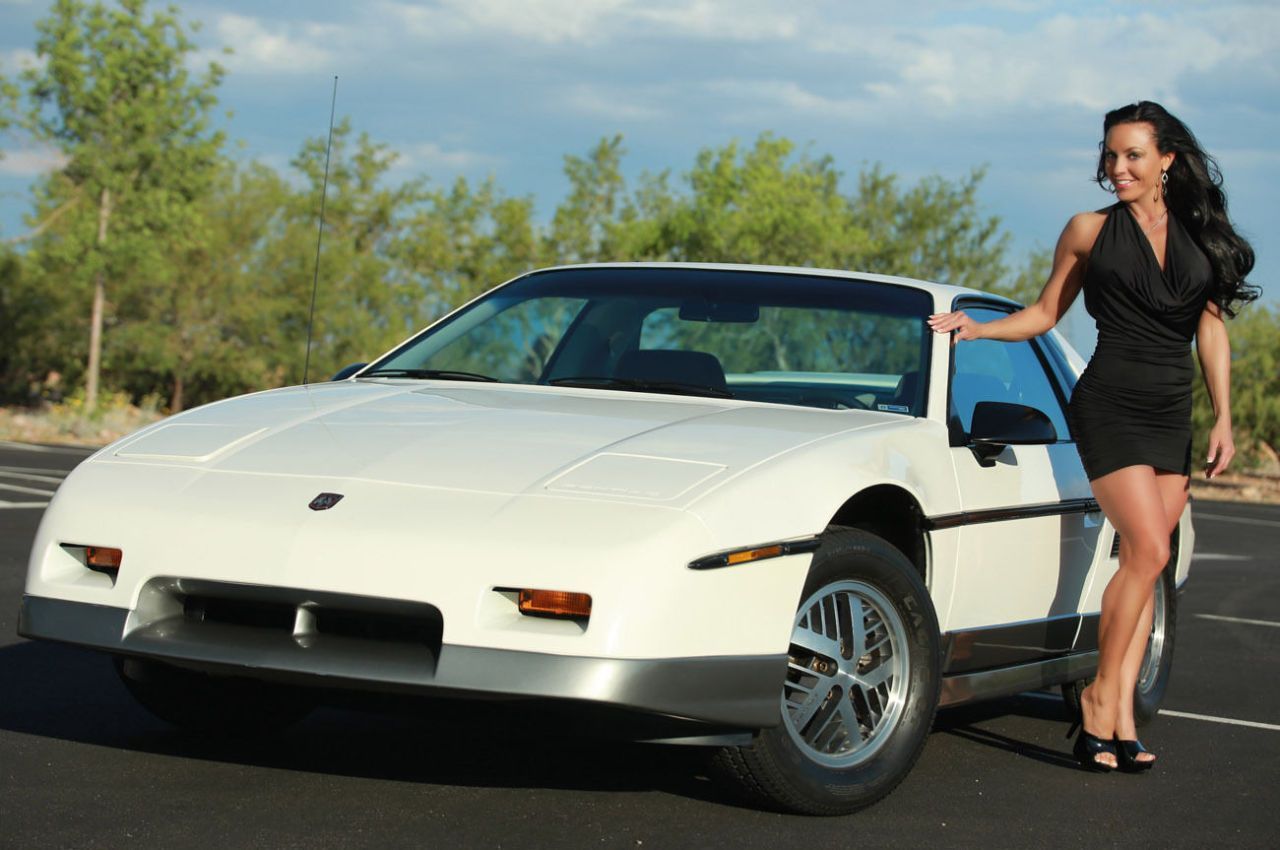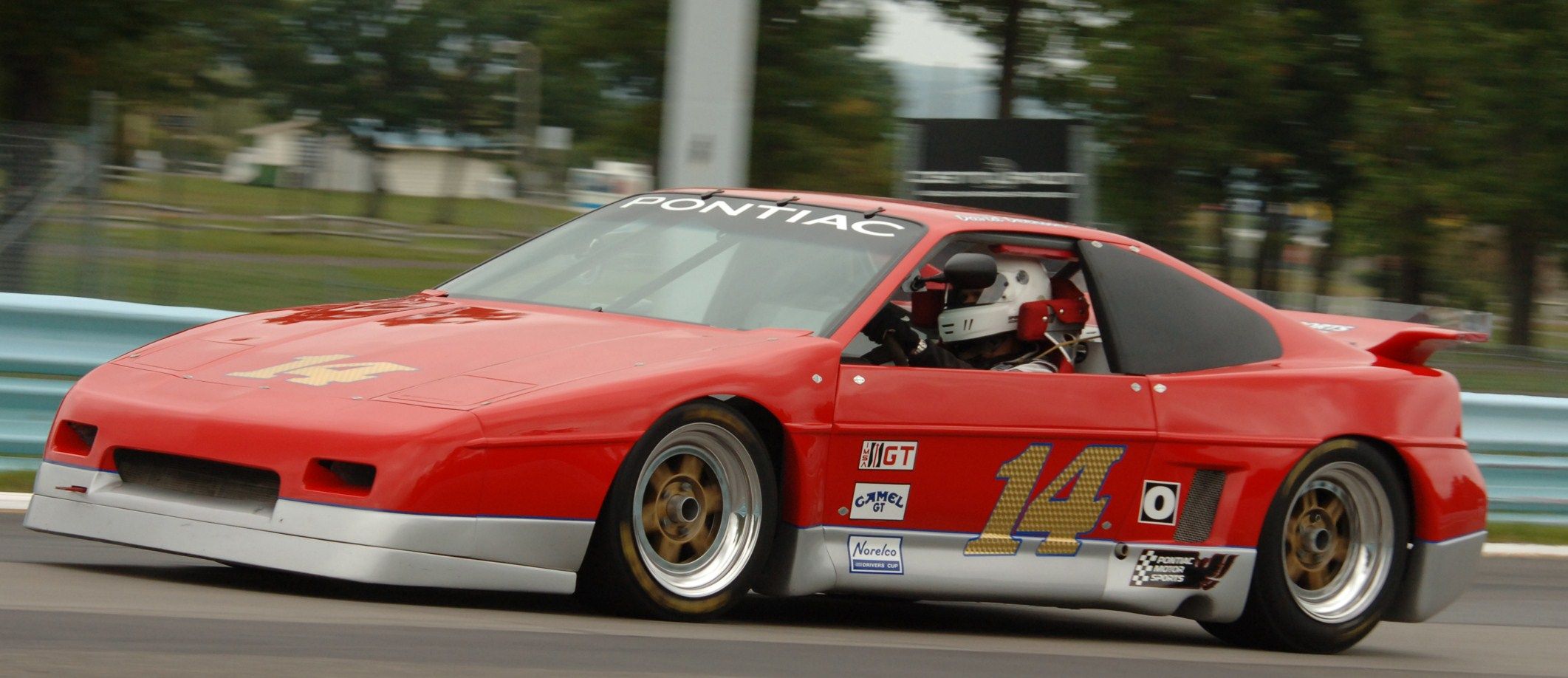The Pontiac Fiero is something of an enigma in American driving lore. Although not a super-fast nor reliable vehicle, it still holds a spot close to many hearts as it was the first of its kind.
It is true that production for the Pontiac Fiero only lasted for five years, but in that relatively brief span of time, Pontiac produced a remarkably unique vehicle that temporarily filled a niche that had been open for quite a while. This car was a bold, adventurous move on behalf of Pontiac. From the very looks of the vehicle, to the placement of the engine, down to the different types of plastic used all over the vehicle, Pontiac got on the drawing board and went to town. Talk about throwing caution to the wind!
In a way, the Fiero was ahead of its time, especially with regards to its overall sporty look. Unfortunately, the engineers at Pontiac could not get the overall weight of the car down in respect to its small size. The sports car really needed a peppier engine, something similar to today's 2.0-liter turbocharged engine. To be honest, the Fiero could have also used additional engineering refinement, as the small oil pan contributed to a number of engine fires.
Ultimately, the car looked great on the exterior, but the overall functionality could not keep up with the appearance. Maybe now is the right time for GM to bring back the Fiero.
First Of Its Kind Mid-Engine In An American Car
Pontiac broke the chains of normalcy, thought outside the box, and designed the Fiero so that a mid-engine could be installed. Typically, a mid-engine is associated with the likes of Ferrari and Lamborghini. Pontiac's attempt to raise the stakes and put their two-seater in the limelight at an international level was almost a success. Unfortunately, Pontiac did not invest enough money in the model and chose to install a relatively inexpensive, 92 horsepower four-cylinder engine. Why design a sporty looking car that is very aerodynamic, only to include a weak engine that results in a paltry zero to sixty in over 11 seconds?
There are advantages to a mid-engine such as weight distribution. If the heaviest piece of a car is in the middle, then there is less rocking. Traction is another advantage. A more equal distribution of weight can only help in overall traction. This all sounds like qualities that would be integral for a sports car. So again, why put in such a small engine? The motor would not permit the driver to take full advantage of the outstanding features that were included. Pontiac was so close to achieving greatness with this vehicle! Yes, the GT model in 1988 came with a V6, but by then it was too late as the damage had already been done.
The Fiero Used Plastic Panels - First GM Car To Do So
It is true that the Chevy Corvette was made with fiberglass and plastics in the 1980s and even much earlier on than that. However, it was a much more expensive vehicle in comparison to the Fiero. GM was seemingly attempting to compete with a higher profile, a hugely successful model such as the Corvette. Quite a bold move on GM's behalf.
Cars in the 1980s rusted considerably, so the use of plastic was really a stroke of genius. Not only does plastic not rust, but it is also lighter. Still, the Fiero ended up weighing over 2400 pounds. Way too heavy for such a small car and tiny engine. It seems as if Pontiac was more concerned with looks than actual functionality.
A Very Cool And Unique Looking Car
You must admit, the Fiero is a very cool looking car. It is extremely aerodynamic and low to the ground. Throw a fin on the back end and you have a mini sports car that looks like it would be very quick and nimble. Probably not the easiest vehicle to get in and out of but worth it.
There were some foreign cars at the time that had exterior looks somewhat like the Fiero, or perhaps it would be more appropriate to say that GM attempted to mimic the looks of other cars. Pontiac even went as far as to create a model (named Fiero Mera) that looked similar to the Ferrari 308. That is where the similarities ended. The Toyota MR2 and the Fiero also shared similar looks. Both cars were very aerodynamic, low to the ground and they both sported a mid-engine. However, the MR2 was much quicker and could hit 130 mph.
Pontiac's attempt at producing an inexpensive, 2-seat sports car was not a huge success. However, the ambition that was displayed cannot be denied nor can the forward thinking. The title 'Unsung American Hero' is appropriate for the Pontiac Fiero.




